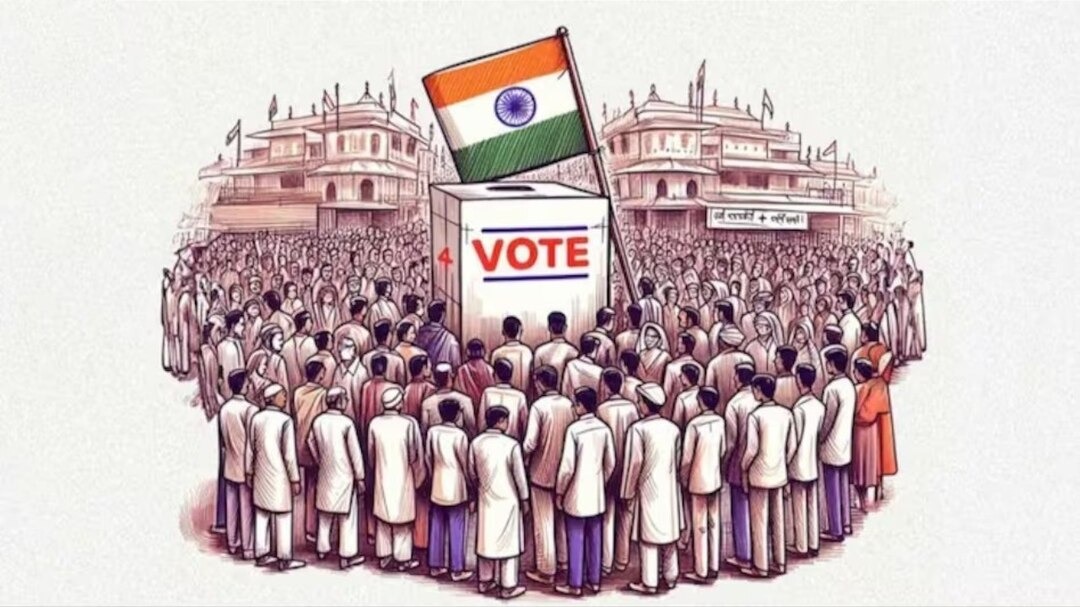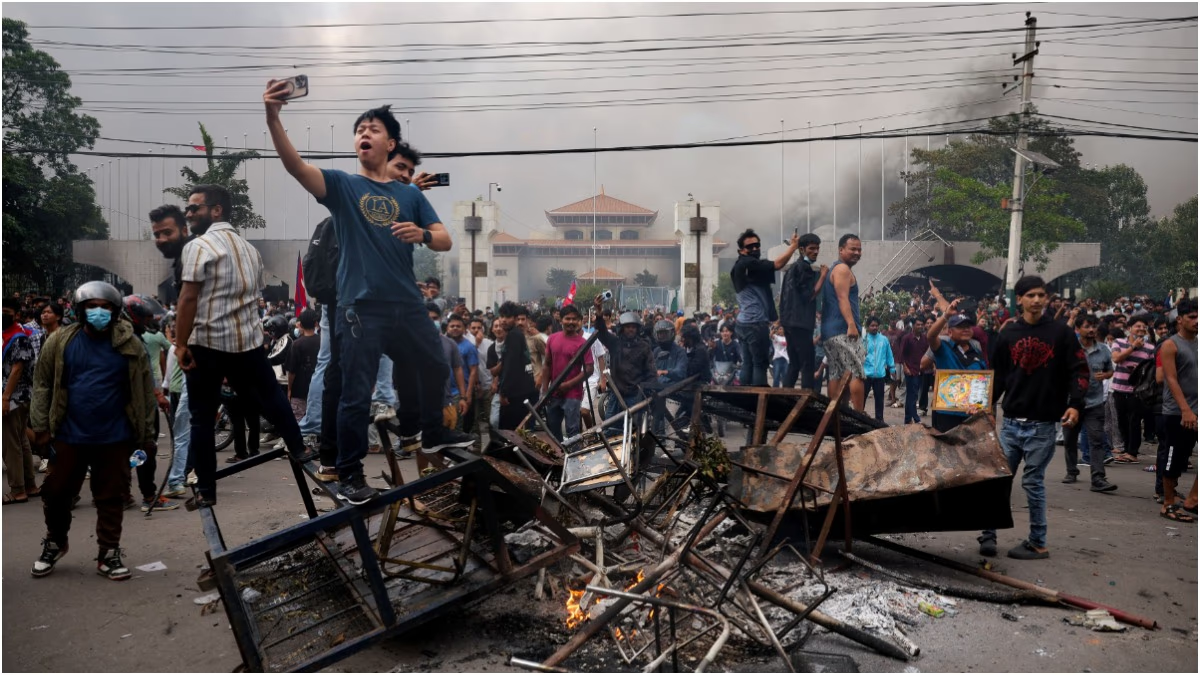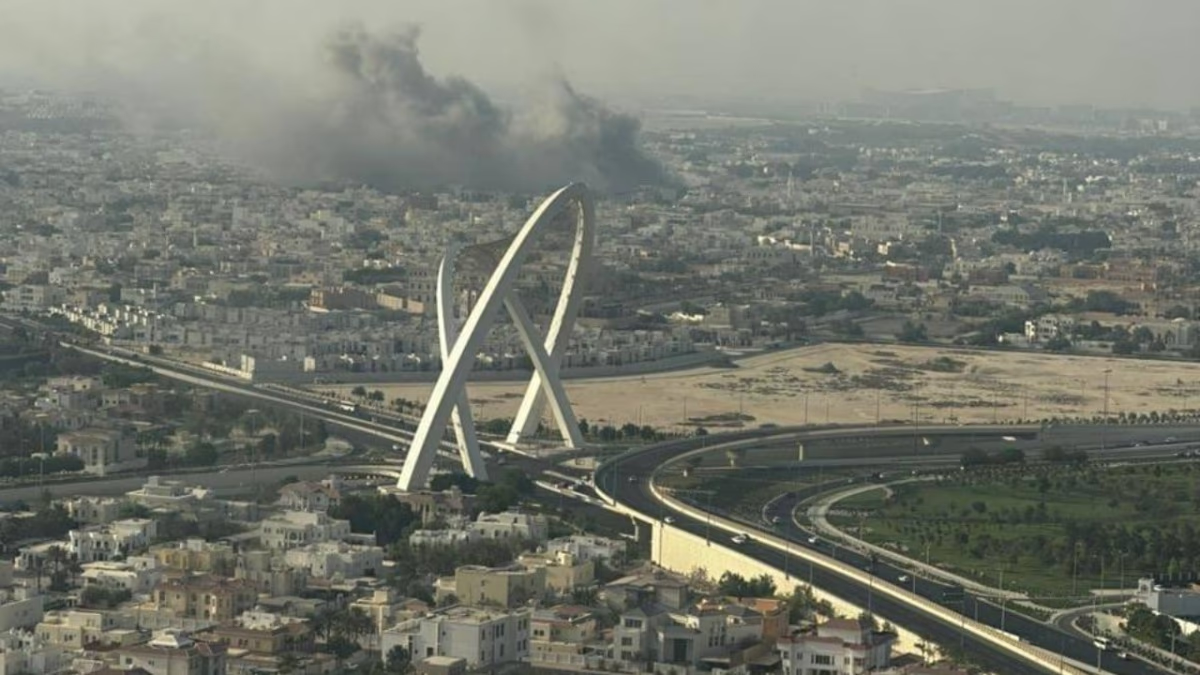When India first voted as a free nation, the Election Commission spent about 1.05 billion INR, a figure that now pales in comparison to the thousands of billions spent on recent elections. This includes only the Election Commission's expenses, but tally up political parties and candidates, and the sum is staggering.
Indeed, political parties and candidates pour funds like water to win elections. There's a spending cap for candidates, but not for the parties themselves.
Today, Lok Sabha elections in India are becoming the most expensive in the world, rivaling the GDP of many countries. The spending in a few past general elections is a testament to this trend.
According to the Center for Media Studies, this year's general election might see spending exceed 1.20 trillion INR, marking it potentially as the most expensive election to date.
Furthermore, election expenses seem to double with each passing five-year term. Estimates suggest the 2019 election incurred a 60 billion INR cost, doubling from 2014's 30 billion INR.
Read More: The Electoral Price Gauge: Understanding the Connection between Voting Patterns and Fuel Costs
How Much Do the Elections Really Cost?
Governments bear the full cost of elections. If it's the Lok Sabha elections, the central government foots the bill; state elections are covered by the states themselves. When both elections coincide, the expenses are split between the central and state authorities.
The first general election cost 10.45 billion INR, skyrocketing to over a billion INR for the first time in 2004 with 1,016 billion INR. Successive years saw incremental increases, with 2019's figures yet to be revealed.
It is believed, however, that in 2019, the Election Commission's expenditure exceeded 50 billion INR.
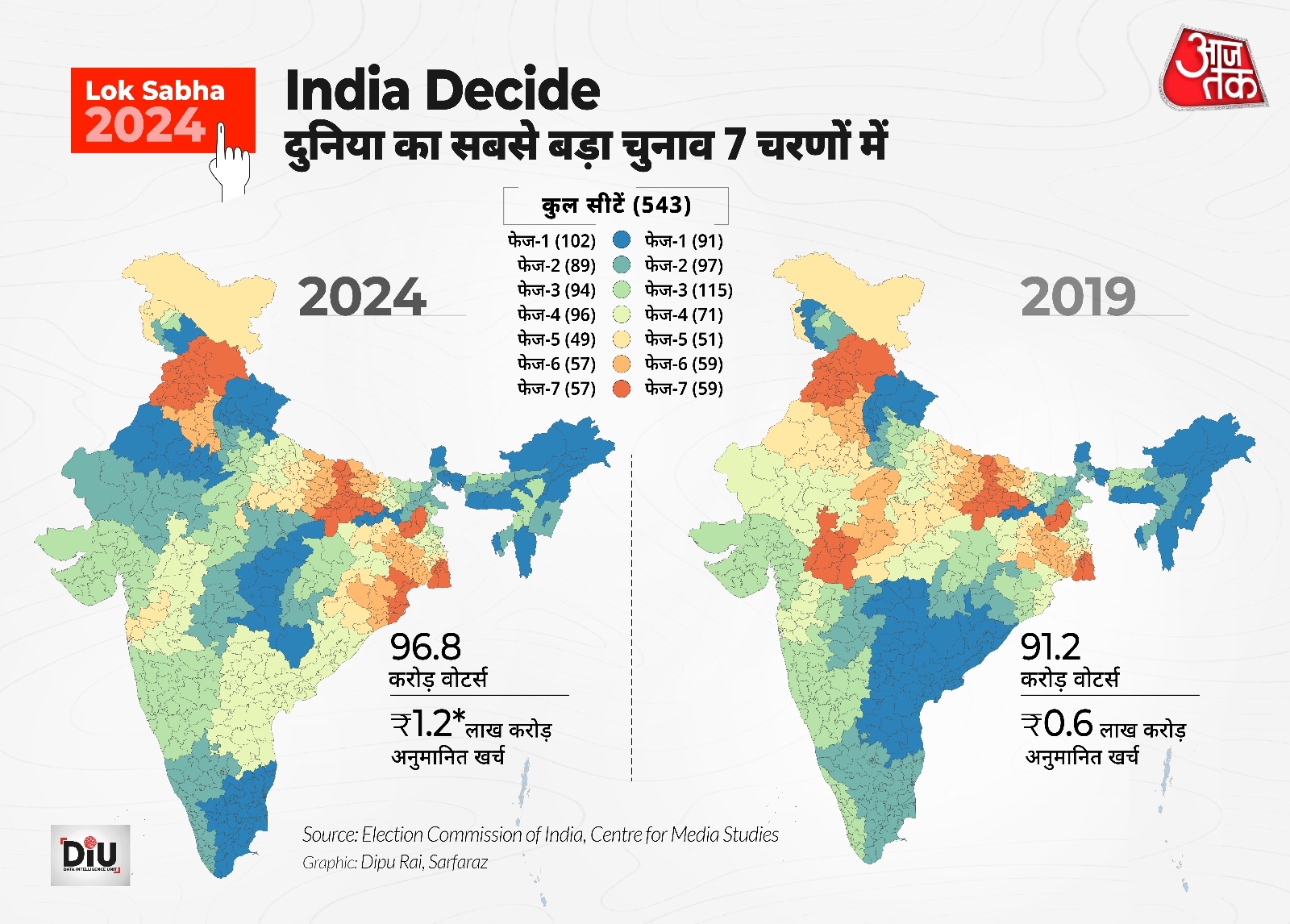
Source: aajtak
What's the Scale of Parties' Expenditures?
As per the Association for Democratic Reforms (ADR) report, during the 2014 elections, all political parties had raised 64.05 billion INR and reported expenditures amounting to 25.91 billion INR.
According to the report, the seven national parties gathered a whopping 55.44 billion INR for the previous elections. Of this, BJP alone received 40.57 billion INR, while Congress obtained 11.67 billion INR.
In 2019, BJP declared spending 11.42 billion INR, and Congress more than 6.2 billion INR.
BJP won 303 seats in 2019, meaning it spent on average nearly 40 million INR per seat, whereas Congress, with 52 seats won, spent over 120 million INR per seat on average.
Read More: Fundraising Secrets Revealed: How Political Parties Worldwide Accumulate Donations
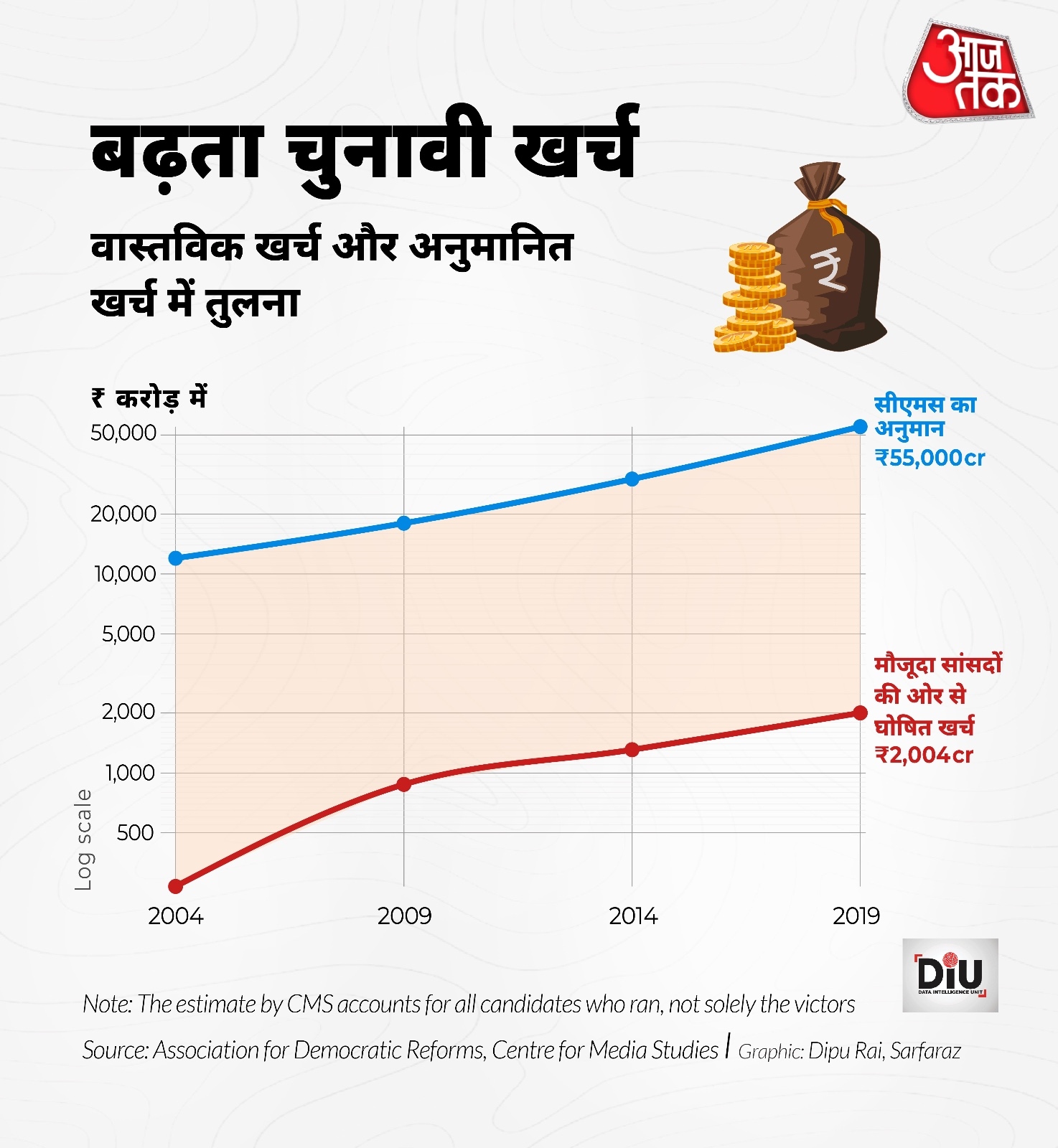
Source: aajtak
Where Do All These Funds Go?
The Election Commission spends this money on the electoral process, including purchasing EVMs, deploying security forces, and other election-related materials. Last year, the Ministry of Law sought over 30 billion INR additional funds for the forthcoming 2024 Lok Sabha elections.
Apart from the Election Commission, significant expenses are incurred by political parties and candidates. The Commission has set a ceiling of 9.5 million INR per Lok Sabha candidate, meaning a candidate cannot spend more than this sum on their campaign. However, there's no limit on the spending by political parties.
Parties mainly spend on three things: publicity, candidates, and traveling. During campaigns, star campaigners perform multiple rallies per day, often using helicopter services. In 2019, BJP alone spent nearly a quarter-billion INR on traveling.
In the last Lok Sabha elections, parties spent almost 15 billion INR on publicity, with national parties accounting for over 12.23 billion INR. The lion's share in publicity was spent by BJP and Congress, with BJP spending 6.5 billion, and Congress 4.76 billion INR.
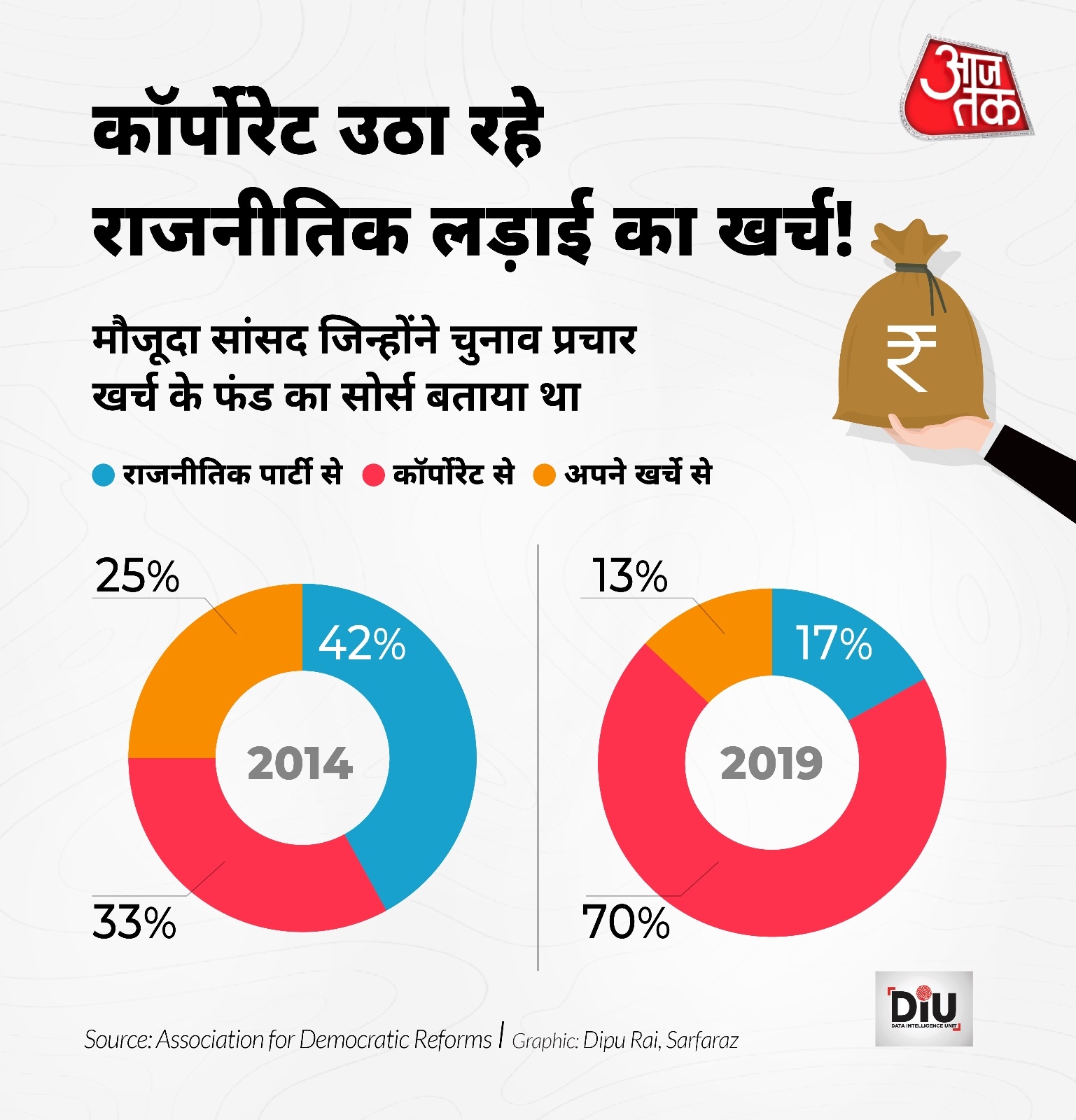
Source: aajtak
What's the Expected Expense this Time Around?
The projection for this year's election is that 1.20 trillion INR will be spent, with only 20% of that being the Election Commission's part. The remainder is down to political parties and candidates.
The scale of this expenditure is such that the government could supply free rations to 80 million poor people for approximately eight months. Currently, the government provides free grain to 80 million impoverished individuals each month, incurring around 46 billion INR in costs every three months.
